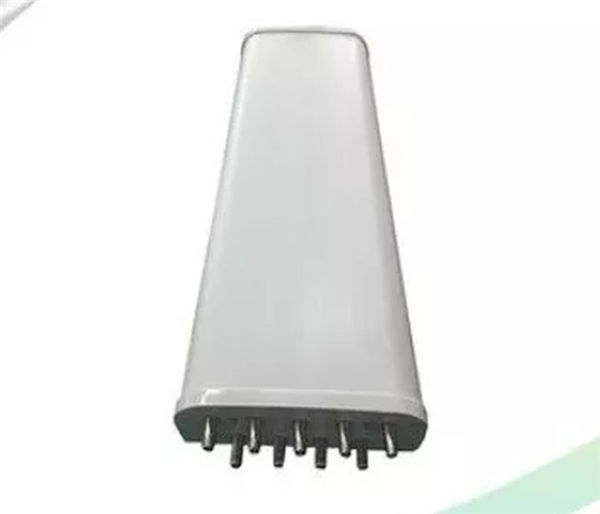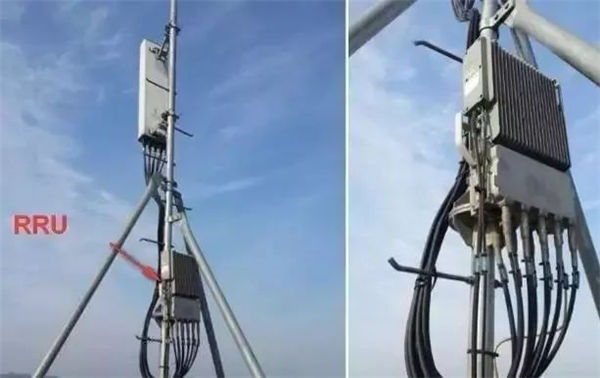What is a base station
In recent years, news like this has always appeared every once in a while:
Residential owners opposed the construction of base stations and cut optical cables privately, and the three major operators worked together to demolish all base stations in the park.
Even for ordinary residents, today, when the mobile Internet has penetrated into all aspects of life, they will have basic common sense: mobile phone signals are emitted by base stations. So what does the base station look like?
A complete base station system is composed of BBU, RRU and antenna feeder system (antenna).

Among them, the BBU (Base band Unite, baseband processing unit) is the most core equipment in the base station. It is generally placed in a relatively hidden computer room and cannot be seen by ordinary residents. The BBU is responsible for processing the signaling and data of the core network and users. The most complex protocols and algorithms in mobile communications are all implemented in the BBU. It can even be said that the base station is the BBU.
From the appearance point of view, the BBU is very similar to the main box of a desktop computer, but in fact, the BBU is similar to a dedicated (rather than a general-purpose computer host) server. Its main functions are realized by two types. The key boards are realized by the main control board and the baseband board.

The picture above is a BBU frame. It can be clearly seen that there are 8 drawer-like slots in the BBU frame, and the main control board and baseband board can be inserted in these slots, and a BBU frame Several main control boards and baseband boards need to be inserted, mainly depending on the capacity requirements of the base station to be opened. The more boards are inserted, the more the capacity of the base station is, and the more users can be served at the same time.
The main control board is responsible for processing the signaling (RRC signaling) from the core network and the user's mobile phone, is responsible for the interconnection and intercommunication with the core network, and is responsible for receiving GPS synchronization information and positioning information.

The RRU (Remote Radio Unit) was originally placed in the BBU frame. It was formerly called RFU (Radio Frequency Unit). It is used to convert the baseband signal transmitted from the baseband board through the optical fiber into the frequency band owned by the operator. The high-frequency signal is transmitted to the antenna through the feeder. Later, because the feeder transmission loss was found to be too great, if the RFU is embedded in the BBU frame and placed in the machine room, and the antenna is hung on a remote tower, the feeder transmission distance is too far and the loss is too large, so simply take the RFU out. Use the optical fiber (optical fiber transmission loss is relatively small) to hang on the tower together with the antenna, so it becomes the RRU, which is the remote radio unit.

Finally, the antenna that everyone sees most often in the streets and alleys of the city is the antenna that actually transmits the wireless signal.The more built-in independent transceiver units of the LTE or 5G antenna, the more data streams that can be sent at the same time, and the greater the data transmission rate.
For 4G antennas, up to 8 independent transceiver units can be realized, so there are 8 interfaces between the RRU and the antenna. The 8 interfaces under the 8-channel RRU can be clearly seen in the figure above, while the figure below shows It is an 8-channel antenna with 8 interfaces.

The 8 interfaces on the RRU need to be connected to the 8 interfaces on the antenna through 8 feeders, so a tuft of black wires can often be seen on the antenna pole.

Post time: Apr-01-2021
